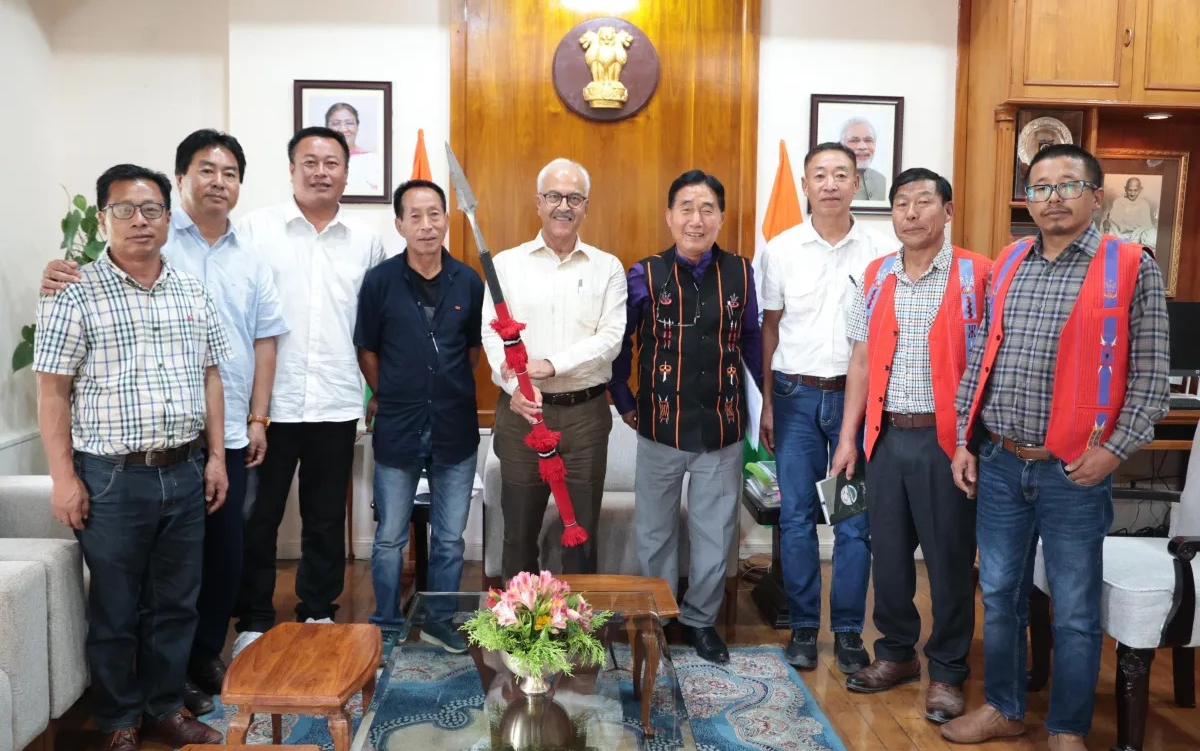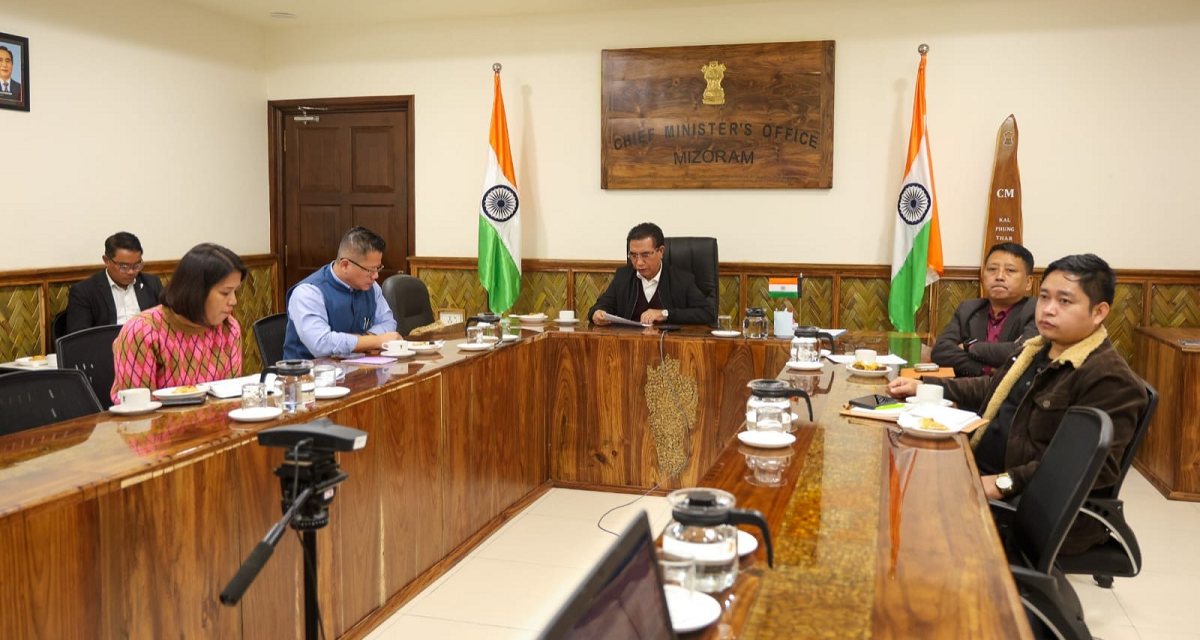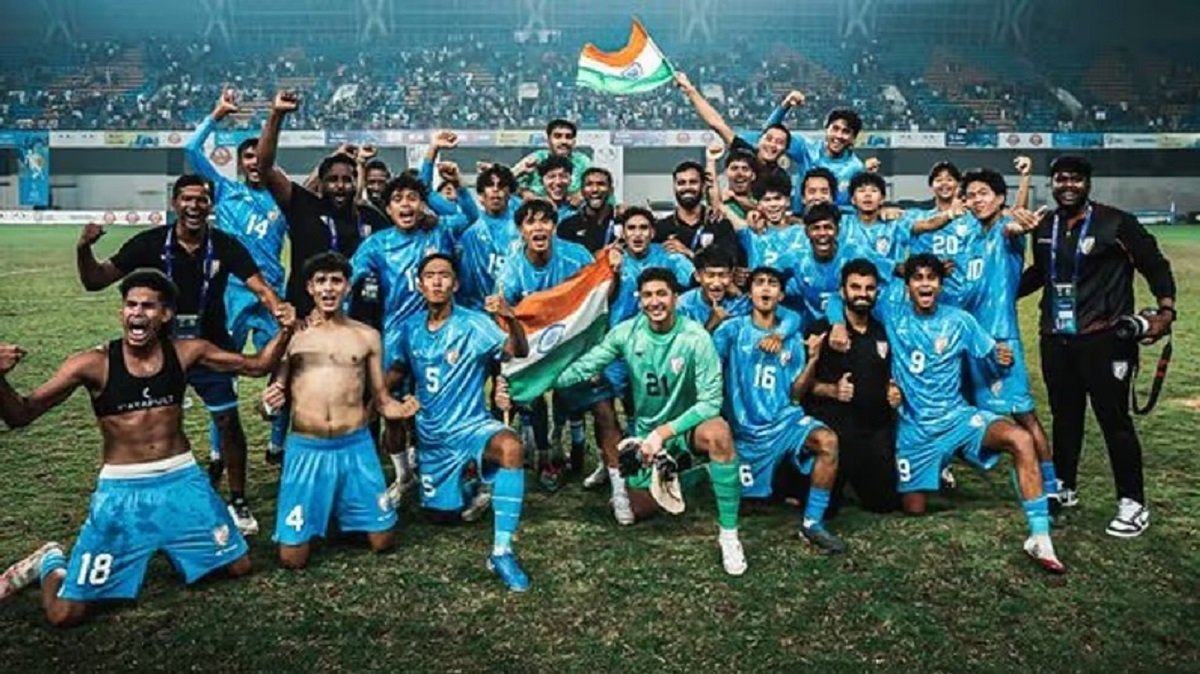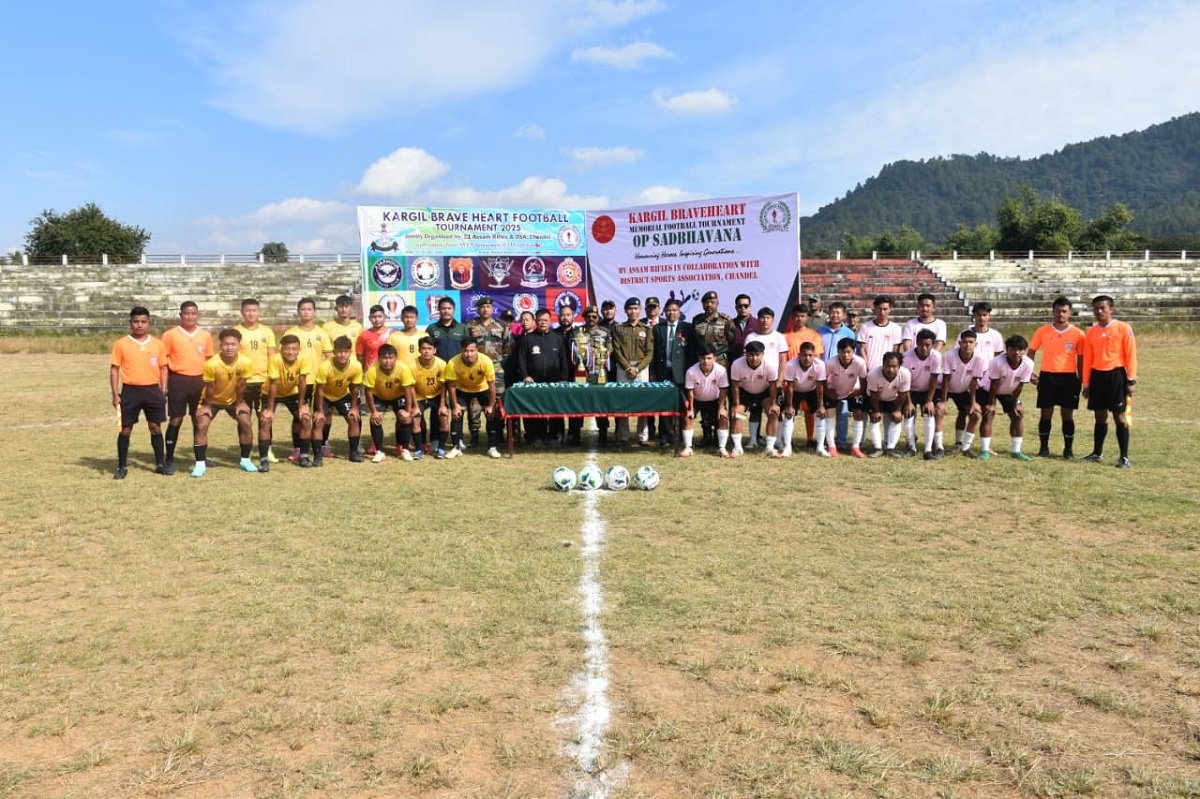Imphal: The Tangkhul Naga Long, the leading organization of the Tangkhul Naga community in Manipur, has presented a strongly articulated memorandum to Governor Ajay Kumar Bhalla, requesting immediate intervention on critical issues impacting the Naga populace.
The delegation, headed by TNL president Sword Vashum, articulated a number of urgent concerns on Saturday, which included the contentious Indo-Myanmar border fencing, the necessity for equitable delimitation, Autonomous District Council elections, and the division of the state budget.
During the discussion, the Governor attentively listened to the TNL delegation and assured them that the issues raised would be addressed.
Regarding the border fencing, the TNL firmly opposed the Centre’s ongoing initiative along the Indo-Myanmar border, claiming that the construction through areas inhabited by the Naga people is merely a colonial remnant intended to keep the Nagas separated on either side of the international boundary.
“It is no exaggeration that we Nagas have had to endure the harsh consequences of divide and rule both before and since India’s independence. Through no fault of our own, we continue to bear the disgrace and agony of existing in a house divided against itself,” the memorandum expressed.
The TNL cautioned that the Naga people would take all necessary measures to resist what it described as a colonialist endeavor to erect fencing through their ancestral land. It further accused the Manipur state government of utilizing the fencing issue as a pretext to mask its governance failures, which it claimed led to the ethnic violence that erupted in May 2023. The organization demanded the immediate cancellation of the fencing project in the interest of humanity and justice.
Concerning delimitation, the TNL contended that the existing electoral boundaries are profoundly inequitable, resulting in significant underrepresentation of the hill regions.
It highlighted that tribal MLAs represent a population of 78,000 spread over 1,150 square kilometers of challenging terrain, while MLAs from the valley regions represent a significantly larger population.





